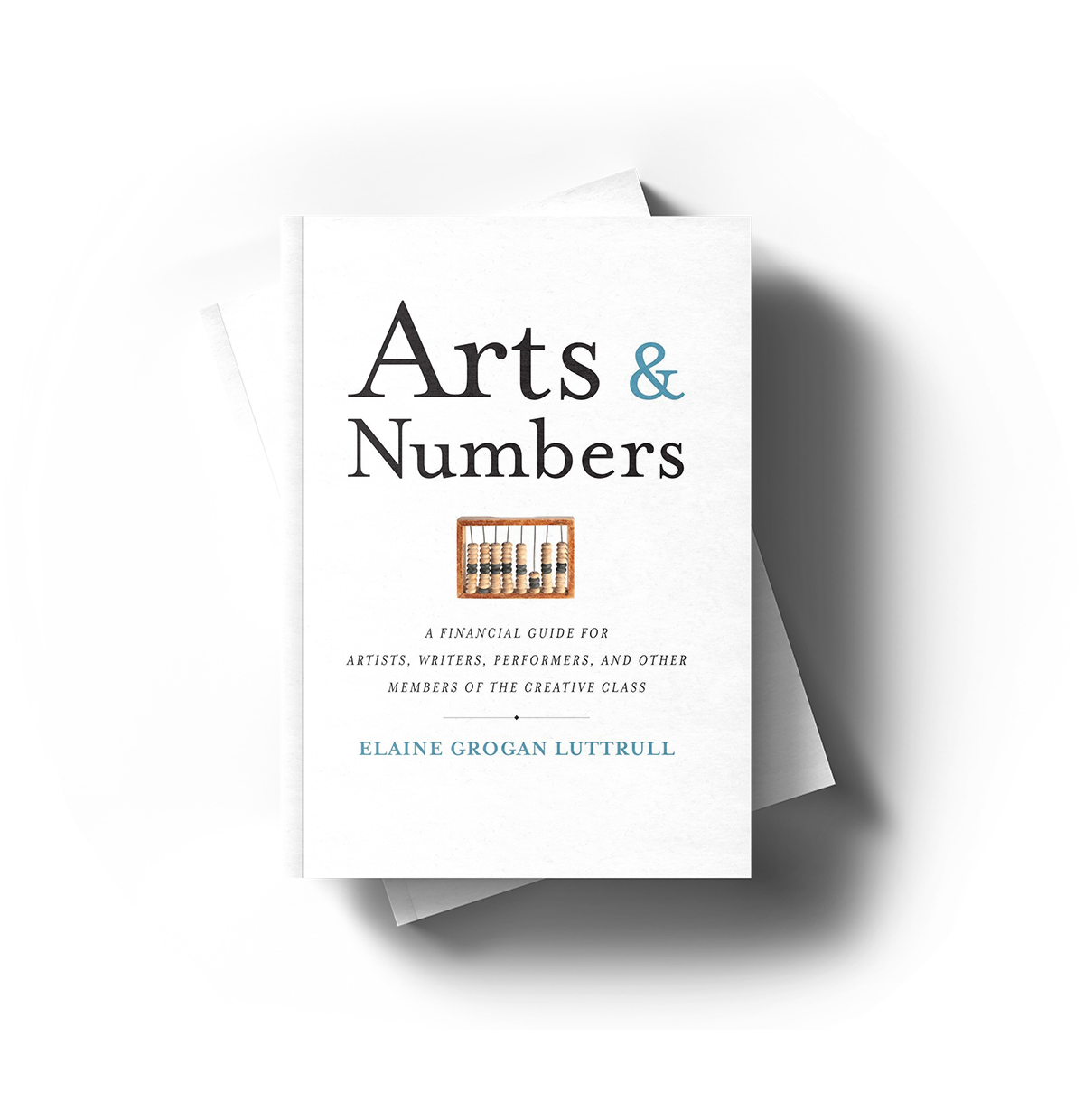August 4, 2014 • Curriculum

We’ve all heard the fallacy, “I’m an artist; I don’t do numbers.” But we may have a new twist on that old favorite misconception: “I’m an American; I don’t do numbers.”
Last week my inbox and social media feeds were full of comments on “Why Do Americans Stink at Math?” the funny, insightful, and fascinating article in the New York Times Magazine about the common core math standards. (Give it a skim if you missed it. Elizabeth Green does a delightful job distilling a complicated and otherwise unpleasant and controversial subject.)
It feels like we do stink at math though, right? All the studies tell us so. Our peers abroad are mastering skills we struggle to conquer. They’re laughing at us, and we have almost nothing to say in response other than perhaps, “I’m an American; I don’t do numbers” which doesn’t even remotely cut it. (And neither does “I’m an artist; I don’t do numbers,” by the way.)
It’s no secret that I have no patience for this particular indirect boast of numerical illiteracy, whether the noun is artist, American, or pretty much anything else.
What I loved most about the article, and frankly what I love most about the new approach to teaching math, is the focus on numeracy. We’ve gotten so busy memorizing rules we’ve forgotten how to think numerically.
And that’s exactly why artists, musicians, designers, dancers, actors, writers, and other creative entrepreneurs will change the world. And they may even save us all.
Thinking numerically and practicing numeracy is basically solving problems creatively. Artists and designers already do that better than most. The skills needed to solve “numbers” problems (math problems, budget problems, finance problems, management problems) are the exact same skills artists and designers hone in the studios. They’re just applied in a slightly different (but no less important) context.
I love the concept of jugyokenkyu Green introduced about halfway through the article. Jugyokenkyu is “lesson study” in Japanese, the practice of building skills as an educator, and it sounds quite a bit like what we already do to support our creative professions. (And frankly, it sounds quite a bit like thinking numerically without the rules.)
It involves planning, practice, feedback, reflection, and (dare I say it again) mindfulness. Those who practice lesson study rave about its importance to the professionalism of educators. And without planning, practice, feedback, and reflection, we don’t progress as artists either. We don’t master the difficult bridge in the music, we fail to conquer a challenging artistic technique, and we lose the focus of our character on stage.
We may hate to practice, but we do it anyway. We may bristle at challenging feedback, but we listen and consider the point of view (usually). We may fear being alone with our personal reflections, but our work improves when we rise to the challenge.
We’re already practicing the spirit of jugyokenkyu. Some of it anyway.
Without practicing it in the business of our art, we fail to budget appropriately (and give up), we undercharge for our time and our work (and complain that we’re undervalued), and we miss tax deadlines. Perhaps most damningly, we complain that no one takes our profession seriously, even as we ourselves fail to take the professional side of our profession seriously.
Jugyokenkyu may be “lesson study” literally, but its concept distills the professional practice of art, music, design, dance, writing, and theater into something beautiful.
What if we were mindful about managing the business and professional side of our art? What if we received feedback on our business plans from others in the field? What if we practiced (repeatedly) using the administrative tools of our trade? What if we reflected upon our successes and shortcomings from a professional perspective in addition to from an artistic perspective?
Then we really might change the world.
Want More?
Don’t forget to join me in the City of Bloomington on August 9, 16, and 17 for even more lessons in artistic and business jugyokenkyu!
- The Business of Art: Financial & Governance Issues for Arts Organizations
- The Business of Art: Financial Literacy & Career Planning for Visual and Performing Artists


